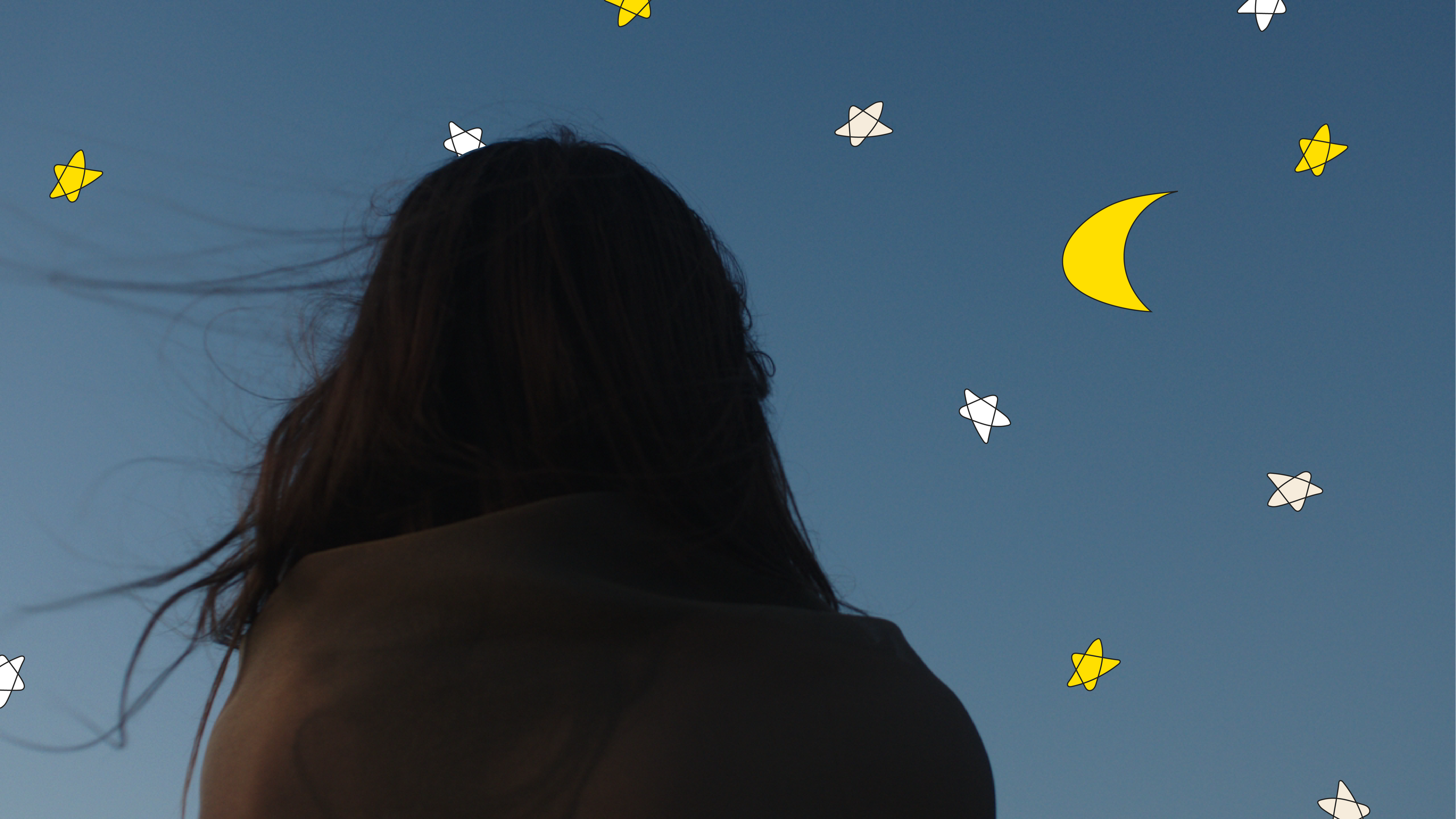
STAR STRUCK
Stargazing in Dallas? Yes, you can!
In Dallas, taking up stargazing seems about as fruitful as snowshoeing in Scottsdale. But after a chance encounter with the Texas Astronomical Society of Dallas (TAS) the idea doesn’t seem as far out as we thought.
CLOSE TO HOME
Although West Texas is an incredible stage for nebulas, you don’t have to travel 500 miles to appreciate Ophiuchus. Several good destinations are within a couple hours’ drive of downtown Dallas.
FRISCO COMMONS PARK sounds too good to be true. How can you get in touch with your inner Copernicus when you’re 15 minutes away from IKEA? But the 62-acre park with pond and paved trails is actually a top spot for local observers. The TAS even holds monthly star-watching parties there.
CEDAR HILL STATE PARK is popular for fishing and boating on Joe Pool Lake, but its expansive 9,000 acres offer a lot of space between you and the closest city lights. Best of all, it’s less than 30 minutes south of downtown.
LAKE WHITNEY STATE PARK hosts monthly Night Sky Parties with presentations and telescope viewings with the Texas Parks & Wildlife Department. The 90-minute drive south on I-35E is well worth it. Check out the TPWD calendar here.
DINOSAUR VALLEY STATE PARK is also an hour-and-a-half out and their monthly Star Parties hosted by the Fort Worth Astronomical Society are not to be missed. Observe planets, stars, and galaxies up close and with the help of knowledgeable astronomers.
PURTIS CREEK STATE PARK lies about an hour southeast of Dallas in Eustace. Open skies over its 355-acre lake offer a great vantage point for viewing constellations, while multiple campsites give you a place to “rough it” for the night, still within safe distance of brunch.
LIGHTING 101
Of the pollution we’re familiar with—air, water, sound—light is the least publicized. But it’s public enemy number one for stargazers. The International Dark-Sky Association works to raise awareness and protect dark-sky sanctuaries. You can help eliminate city “skyglow” by using shields on outdoor lighting and purchasing fixtures with the association’s seal of approval.
When star-hunting, buy a night-vision LED light (under $15 on Amazon) or make one by securing red cellophane over a flashlight. It can take up to an hour in darkness for your eyes to adapt. Red light helps you navigate or read a star map without resetting your eyes’ sensitivity levels.
FIND A MAP
The SkyView App for iPhone and Android is the easiest tool to identify constellations, planets, and stars. All you have to do is point up and explore.
MAKING FRIENDS
Opportunities to meet other area stargazers are numerous! The TAS site is the best place to start. The University of North Texas Astronomy Department also hosts regular after-dark Star Parties at Rafes Urban Astronomy Center, which can be a great opportunities to meet other aspiring astronomers.